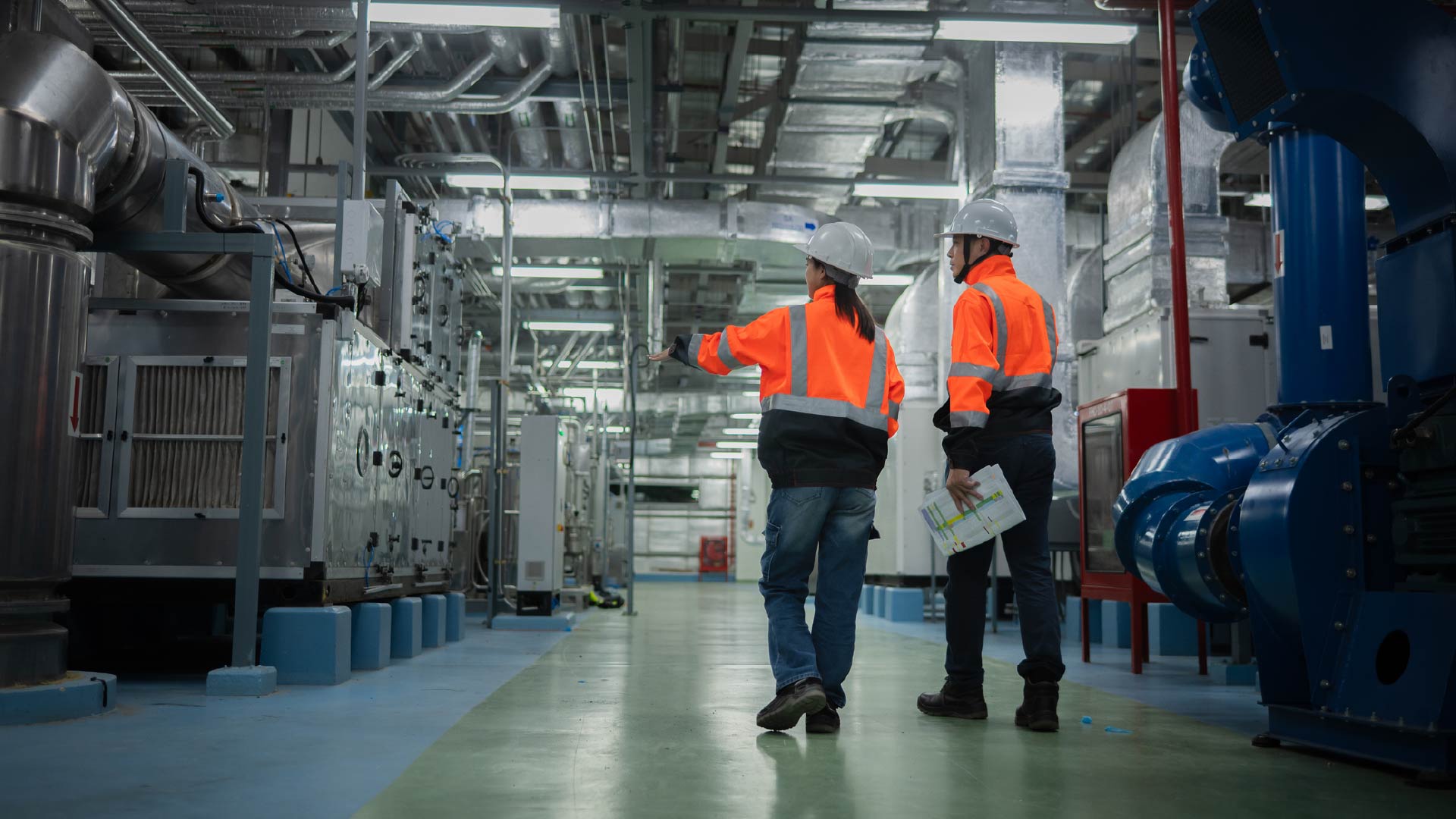Strategic Focus: Reducing Lone Worker Injury And Fatality Rates

Pritam Kapadia
14 Dec, 2021
Access this research
Access all EHSQ Corporate Leaders content with a strategic subscription or buy this single report
Need help or have a question about this report? Contact us for assistance
Executive Summary
Lone workers undertake isolated or remote workflows in a range of environments and settings. In these types of workflows, a lack of supervision and communication can lead to increased vulnerability, lending itself to increased risk. The most prominent risks attributed to lone workers are in the form of slips, falls, violence and roadway incidences. All of these can result in substantial costs for firms, if not mitigated. Certain industries have higher risk profiles and a greater likelihood of worker injury and fatality – for instance, the construction and agricultural industries. Digital technologies can be deployed to aid in mitigating these risks. However, when selecting technologies, it is important to consider the types of providers and their solutions for a given risk profile. Firms should identify the mode in which the technologies seek to lower risk, question at what scale solutions can be deployed, and recognise the barriers to the implementation of digital strategies.
Strategic Focus: Reducing Lone Worker Injury And Fatality Rates
Understanding The Prevalence Of Lone Worker Hazards And Risks
What Solutions Enable Safer Operation for Lone Workers?
Optimal Strategies To Leverage Technologies To Protect Lone Workers
Understanding The Prevalence Of Lone Worker Hazards And Risks
What Solutions Enable Safer Operation for Lone Workers?
Optimal Strategies To Leverage Technologies To Protect Lone Workers
Figure 1. Three Types Of Solution Providers
Figure 2. Common Lone Worker Technology Functionality
Figure 3. Prevalence Of Technologies For Lone Worker Safety
Figure 2. Common Lone Worker Technology Functionality
Figure 3. Prevalence Of Technologies For Lone Worker Safety
Blackline Safety, Damstra Technology, Equivital, European Agency for Safety and Health at Work, Everbridge, Gore-Tex, Health and Safety Executive (HSE), Knowmadics, Lifebooster, Logical Safety, Orbis Protect, Peoplesafe, Safepoint, SmartCap, SolusGuard, StaySafe, Swissphone, Tended, UK Office for National Statistics (ONS), US Bureau of Labor Statistics, US National Safety Council
About the Authors

Bill Pennington
VP Research
Bill is VP Research at Verdantix, where he leads analysis on the evolving and interconnected landscapes of EHS, quality, AI and enterprise risk management. His research helps ...
View Profile
Pritam Kapadia
Analyst
Pritam is an Analyst in the Verdantix EHS team. Pritam joined the team in 2021 and has experience in research from an industry-partnered project at Lancaster University, along...









